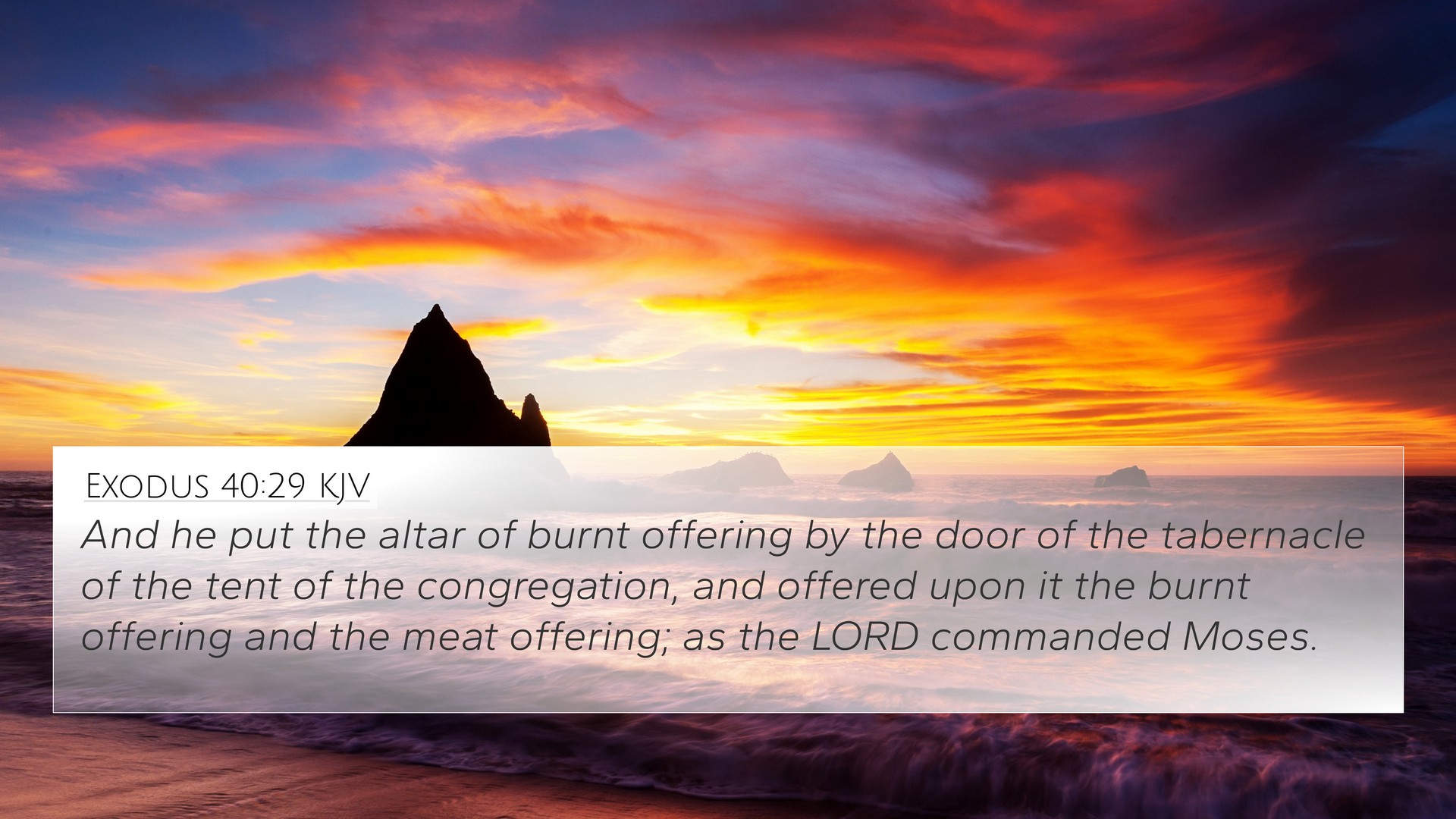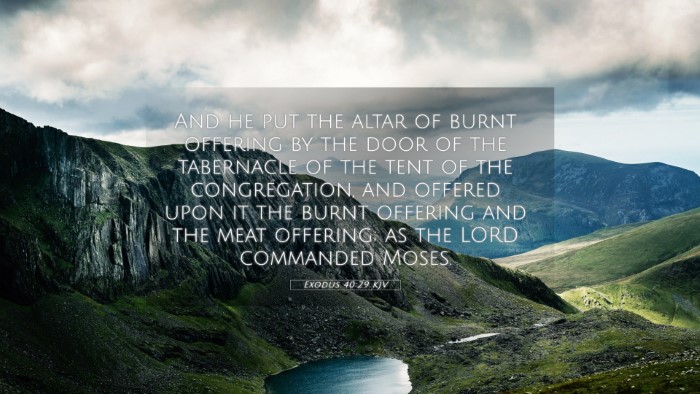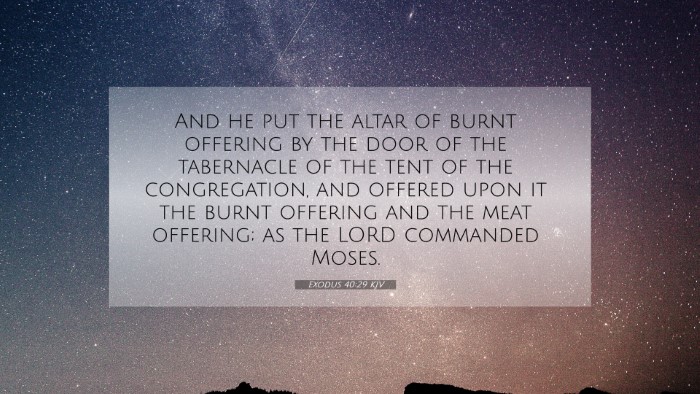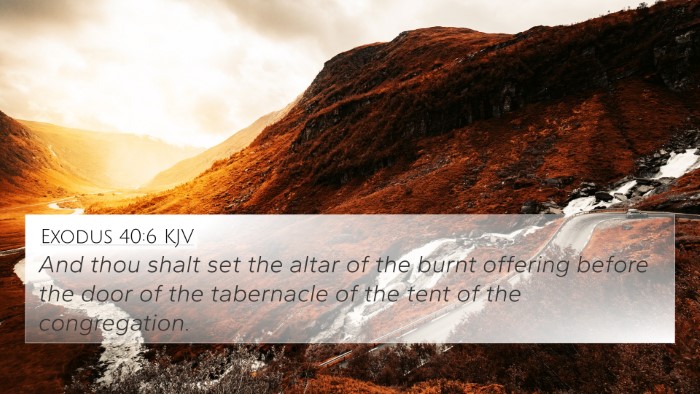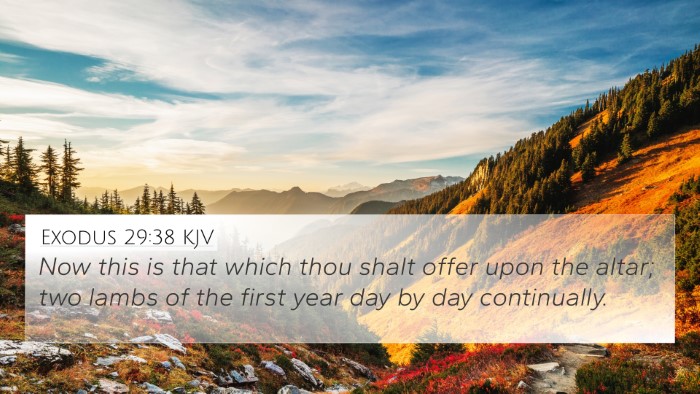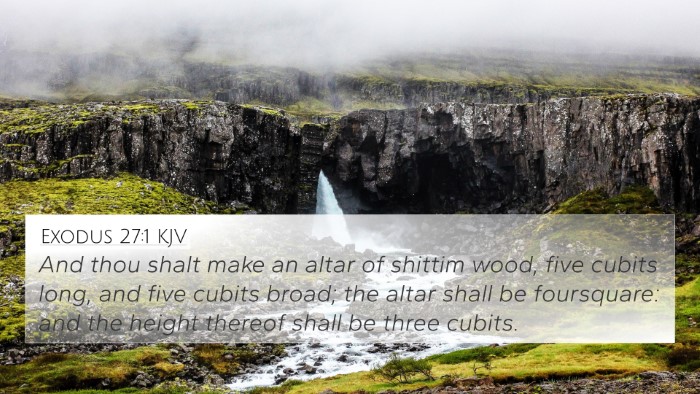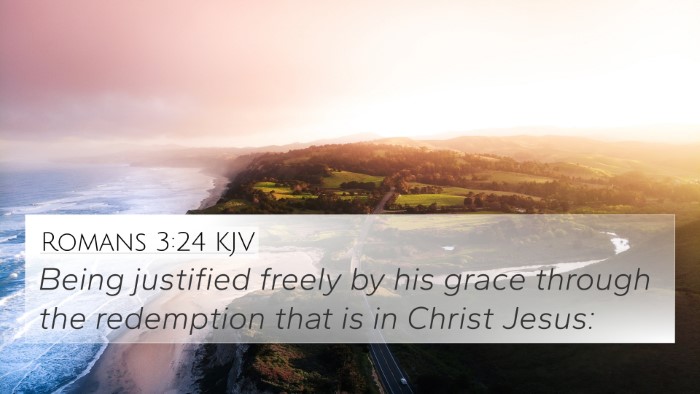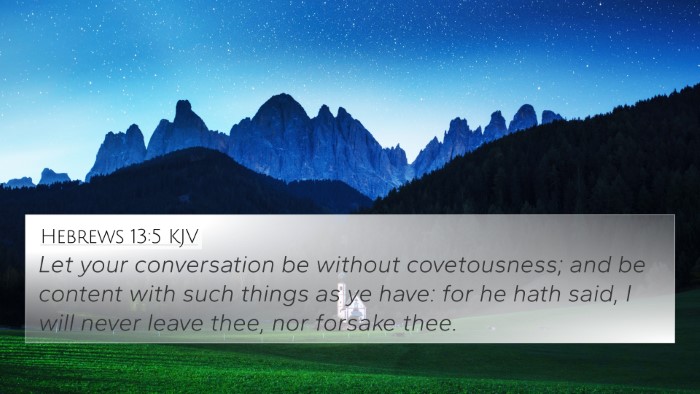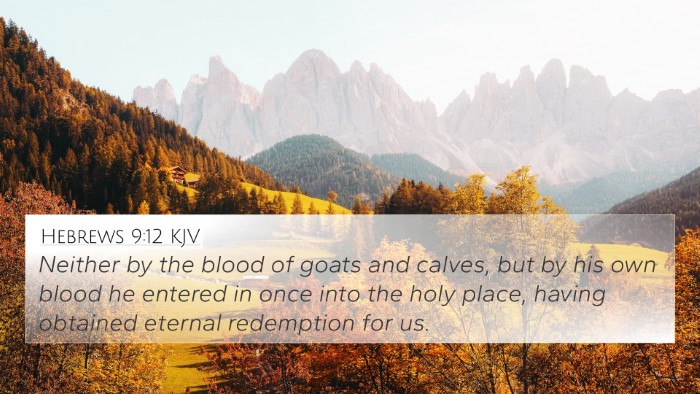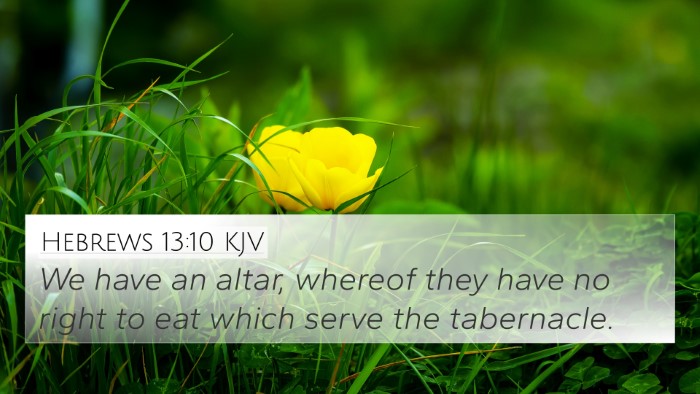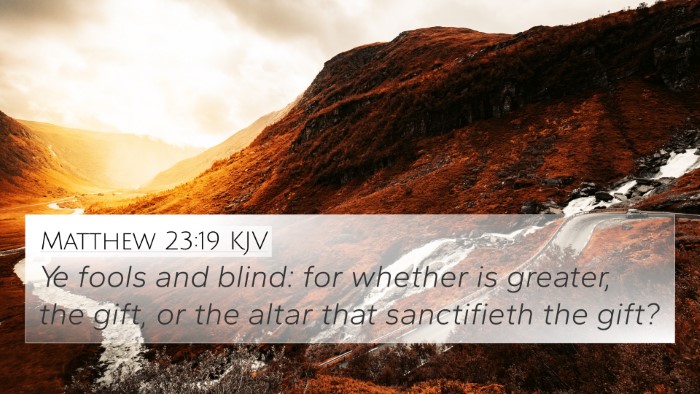Understanding Exodus 40:29
Exodus 40:29 states, "And he put the altar of burnt offering by the door of the tabernacle of the congregation, and offered upon it the burnt offering and the meat offering; as the LORD commanded Moses." This verse captures a significant moment in the establishment of the Israelite worship system, emphasizing the obedience and orderliness required in approaching God.
Meaning and Explanation
This verse highlights the importance of obedience to God's instructions, as seen through the actions of Moses and Aaron in the context of the wilderness tabernacle. The placement of the altar signifies a point of access where offerings to God could be made. The burnt offering symbolizes total dedication and atonement, crucial aspects in Israel's relationship with God.
Insights from Commentaries
Matthew Henry focuses on the obedience of Moses and the importance of the altar as a place of sacrifice. He observes that the altar is central to the worship practices, ensuring that worshippers have a dedicated space to offer gifts to God.
Albert Barnes emphasizes the necessity of the burnt offering as an act of atonement, aligning it with God's directives. He notes that the meticulous details in the construction and use of the altar reflect the seriousness of approaching God in worship.
Adam Clarke provides insights into the cultural significance of the altar in ancient Israelite religion. He discusses the correlation of offerings with the covenant relationship and how these rituals were integral for the community's spiritual life.
Bible Verse Cross-References
This verse is interconnected with several other scriptures which enhance its understanding:
- Leviticus 1:3: Describes the process of presenting burnt offerings, emphasizing the requirement for these offerings to be without blemish.
- Hebrews 9:14: Illustrates how Christ's sacrifice serves as the ultimate fulfillment of the sacrificial system initiated in Exodus.
- Numbers 28:2: Reinforces the command to present offerings regularly, illustrating continuity in worship practices.
- John 1:29: Presents Jesus as the "Lamb of God," linking the Old Testament sacrificial system to New Testament theology.
- Exodus 29:18: Further discusses the burnt offering and its significance in relation to consecration and obedience to God.
- 1 Corinthians 5:7: Calls Christ our Passover, highlighting the thematic links between Old Testament sacrifices and New Testament fulfillment.
- Revelation 8:3-4: Mentions the offerings of the saints ascending before God, drawing parallels with the altar practices in Exodus.
Cross-Referencing Biblical Texts
In studying Exodus 40:29, cross-referencing can lead to a deeper understanding of how the theme of sacrifice runs throughout the Bible. Cross-referencing Biblical texts helps in identifying the larger narrative of redemption and obedience that is seen from the Old Testament through the New Testament.
Tools for Bible Cross-Referencing
- Bible Concordance: A useful tool for locating specific verses and their meanings by keywords.
- Bible Cross-Reference Guide: Helps trace connections between different books and themes.
- Cross-reference Bible Study: A method that allows comprehensive studies of related texts.
- Bible Reference Resources: Essential for sermon preparation and deeper theological understanding.
Your Search for Biblical Connections
For those interested in how verses relate, the connections between Exodus 40:29 and other scriptures can unveil rich theological insights. Whether you're studying for personal understanding or sermon preparation, knowing how to find cross-references in the Bible provides clarity and depth.
Identifying Connections
By understanding Exodus 40:29 alongside other scriptures, we see how God's instruction leads to proper worshipper engagement. The thematic Bible verse connections present not only the act of making offerings but also the heart behind worship.
Conclusion
Exodus 40:29 serves as a crucial reminder of the guidelines for worship established by God. It calls believers to reflect on the nature of their offerings and the heart of obedience. As we explore the connections between this verse and others, we gain a broader understanding of God's redemptive plan woven throughout Scripture.
